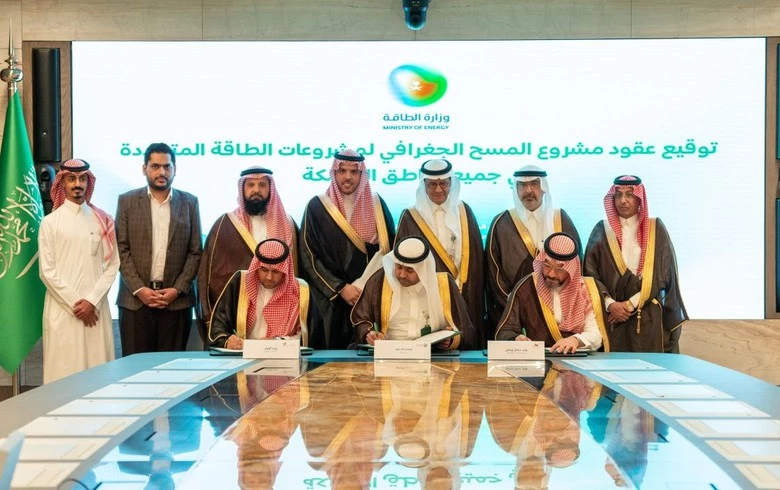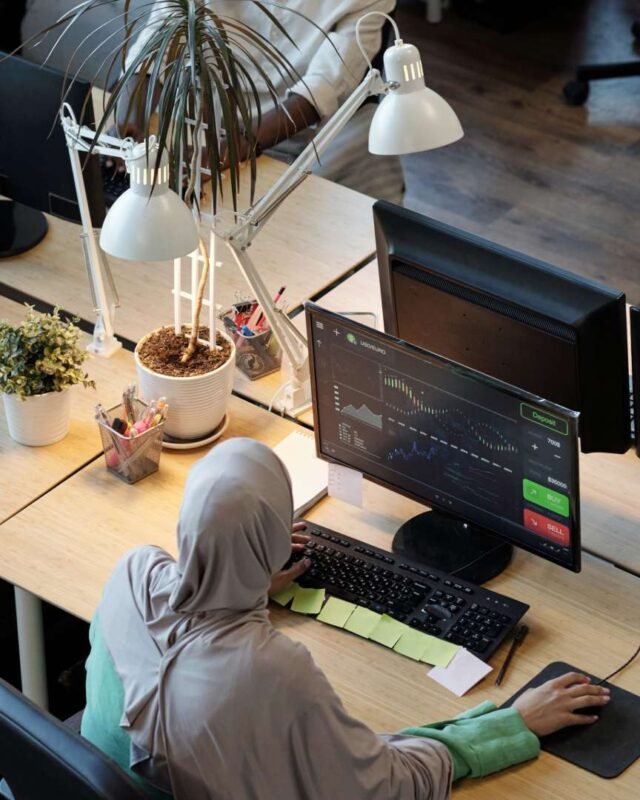Sustainable Energy Practices in Saudi Arabia
Saudi Arabia’s major transformation as part of the broader Vision 2030 initiative, which was launched by King Salman bin Abdulaziz Al Saud eight years ago, is set to diversify its energy portfolio and promote sustainability, reflecting a forward-thinking approach to economic and environmental challenges. In this article, we will introduce you to the key developments driving sustainable energy practices forward in Saudi Arabia.
The Drive Towards Renewable Energy
A key element of Saudi Arabia’s sustainable energy practices is the expansion of renewable energy sources. By 2030, Saudi Arabia aims to produce 50% of its electricity from renewable sources, a substantial increase from the levels seen in 2021. This target is supported by the development of extensive solar and wind projects across the nation.
One of the most notable initiatives is the construction of the world’s largest green hydrogen plant in NEOM, a futuristic city that exemplifies the Kingdom’s commitment to innovation and sustainability. Expected to be operational by 2026, this $8.4 billion facility will play a crucial role in the global transition to clean energy by producing hydrogen from renewable sources. King Salman’s Vision 2030 has been instrumental in driving such forward-looking projects, positioning Saudi Arabia as a leader in sustainable energy practices.
New Geographic Survey Launched in June 2024 to Accelerate Renewable Energy Site Development
On June 24, 2024, Saudi Arabia’s Ministry of Energy took a significant step forward by launching the Geographic Survey Project to identify the best sites for renewable energy projects. This initiative will involve the installation of 1,200 stations across more than 850,000 square kilometers—an area comparable to the combined landmass of Germany and Spain. These stations will measure critical solar and wind energy metrics, such as direct normal irradiance (DNI), wind speed, and atmospheric conditions, providing valuable data that will expedite the development of new projects.

The survey is expected to reduce the typical 18 to 24 months required for data collection, thereby fast-tracking the deployment of solar and wind projects across the Kingdom. This is part of a broader strategy where, starting in 2024, Saudi Arabia will tender new renewable energy projects annually with a capacity of 20 GW, aiming to achieve between 100 GW and 130 GW by the end of the decade, depending on electricity demand.
Energy Efficiency and Innovation
Saudi Arabia is advancing energy efficiency through the Saudi Energy Efficiency Program (SEEP), which sets stringent standards across industries, transportation, and buildings. Concurrently, the Kingdom is driving innovation in renewable and nuclear energy technologies, led by institutions like King Abdullah City for Atomic and Renewable Energy (K.A.CARE), to support its sustainable energy goals.
Government Policies and International Collaboration
Under King Salman’s leadership, Saudi Arabia has enacted policies like the National Renewable Energy Program (NREP) to integrate renewables into the national grid. The Kingdom is also actively participating in global initiatives like the Paris Agreement and leading regional projects, reinforcing its commitment to sustainable energy and its role in the global energy transition.
Opportunities Ahead
Continued investment in sustainable energy practices will enable Saudi Arabia to reduce its carbon footprint, enhance energy security, and create new economic opportunities in sectors such as green hydrogen and energy efficiency. As the Kingdom advances its Vision 2030 goals, it is poised to become a global leader in sustainable energy, setting a precedent for other nations to follow.




